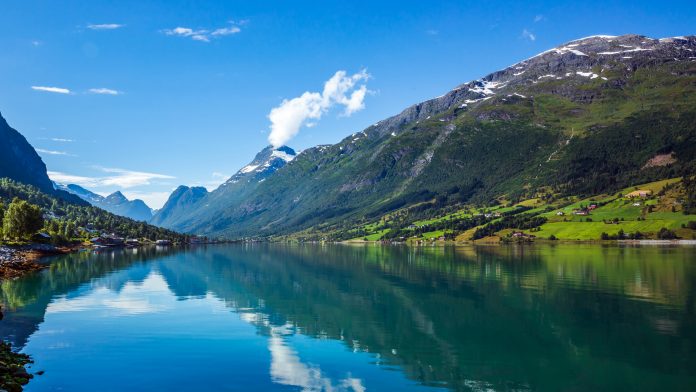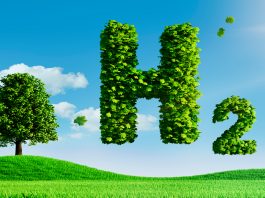The International Energy Agency has noted that Norway’s clean energy transition can enable the acceleration of emissions reductions in fuel production, transport, and industry.
Norway’s clean energy transition is uniquely placed, due to it being a resource-rich country, which is on the leading edge of many clean energy technologies. As such, it is now required to advance strategies to tackle emissions in sectors where they are hardest to reduce. This will contribute towards meeting its ambitious climate targets, according to a new in-depth policy review by the International Energy Agency (IEA).
Since the IEA’s last policy review in 2017, Norway has continued to be a global pillar of energy security with its abundant reserves of oil and gas, which are produced with consideration to the environment. Thus, Norway is a significant and reliable international supplier, exporting close to 90% of its energy production.
“I commend Norway’s efforts to boost its near-term oil and gas production in response to Russia’s invasion of Ukraine, helping to stabilise global supplies, especially to its European neighbours,” explained Fatih Birol, IEA Executive Director, who launched the report on 29 June 2022 with Terje Aasland, Norway’s Minister of Petroleum and Energy. “At the same time, Norway is leading efforts to reduce greenhouse gas emissions from oil and gas production, especially through the electrification of offshore platforms.”
Norway’s clean energy transition: Boosted by updated climate targets
With its clean energy transition in mind, Norway has updated its already ambitious climate targets with plans to reduce greenhouse gas emissions by 90% to 95% by 2050, excluding carbon sinks. The country’s robust carbon pricing system, under which 85% of domestic emissions are either covered by the European Union Emissions Trading System or subject to a carbon tax, provides a solid basis for achieving this objective.
However, the report emphasises that Norway has significant work ahead to meet its ambitious targets. Since the country has substantially electrified its energy demand and has already cut its emissions from power generation to nearly zero, thanks to copious hydropower, many of the targets for reducing emissions have already been achieved. Thus, the remaining reductions will be more complex, challenging, and costly, notably in transport and industry.
How does Norway intend to successfully achieve its clean energy transition?
The IEA’s report has observed that Norway’s existing energy sector expertise can contribute towards it achieving successful energy and climate transition. Therefore, if the correct policies are implemented, Norway is well placed to decarbonise a wide range of sectors through technologies, such as electric vehicles, hydrogen, and carbon capture, utilisation, and storage. Norway is already a leader in carbon capture, and its impressive Longship project, which encompasses two full-scale capture facilities and one storage facility in the North Sea, will further help to advance this technology for the world.
Additionally, the IEA report recommended that Norway leverages its renewables-based electricity system and develop detailed, long-term sector-by-sector roadmaps backed by specific policy measures.
“I believe Norway has an important opportunity to show the world how to undertake complex emissions reductions, an issue all countries will need to face,” concluded Dr Birol. “I hope this report will help Norway navigate its own path toward a low-emissions society and help lead the world on advancing low-carbon technologies.”









